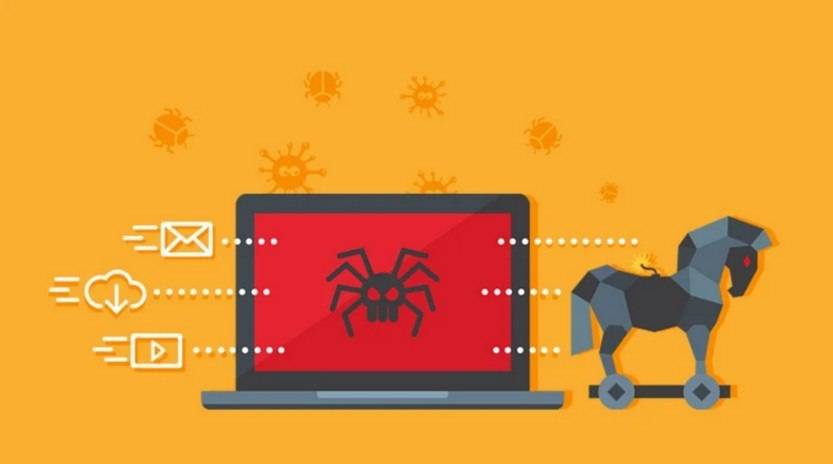Scams have become increasingly sophisticated in the digital age, with cybercriminals constantly devising new methods to deceive unsuspecting individuals. One such scam that has gained prominence in recent years is the ‘New Security Features’ email account phishing scam. This article aims to provide a comprehensive overview of this scam, including what it is, how it works, what to do if you have fallen victim, technical details, and relevant statistics.

What is the ‘New Security Features’ Email Account Phishing Scam?
The ‘New Security Features’ email account phishing scam is a type of cyber attack where scammers send fraudulent emails to individuals, posing as legitimate organizations such as banks, email providers, or social media platforms. These emails typically claim that the recipient’s account has been compromised or that new security features have been implemented, urging the recipient to take immediate action to secure their account.
The scammers often use sophisticated techniques to make the emails appear genuine, including using official logos, email signatures, and language that mimics the organization’s communication style. They may also include links that direct the recipient to a fake website designed to collect their login credentials or personal information.
How Does the Scam Work?
The ‘New Security Features’ email account phishing scam typically follows a series of steps:
- The scammer sends an email to the victim, posing as a trusted organization.
- The email claims that the recipient’s account has been compromised or that new security features have been implemented.
- The email urges the recipient to click on a link or download an attachment to secure their account.
- If the recipient falls for the scam and clicks on the link or downloads the attachment, they are directed to a fake website that closely resembles the legitimate organization’s website.
- The victim is prompted to enter their login credentials or personal information on the fake website.
- Once the victim submits their information, the scammers gain access to their account or use the personal information for malicious purposes, such as identity theft or financial fraud.
What to Do If You Have Fallen Victim?
If you have fallen victim to the ‘New Security Features’ email account phishing scam, it is crucial to take immediate action to minimize the potential damage:
- Change your account passwords: As soon as you realize you have been scammed, change the passwords for all your online accounts, especially the one targeted by the scam.
- Scan your device for malware: Run a scan with Malwarebytes Free or another reputable antivirus software to detect and remove any malware that may have been installed on your device.
- Monitor your accounts: Keep a close eye on your bank accounts, credit cards, and other online accounts for any suspicious activity. Report any unauthorized transactions or changes immediately to the respective organizations.
- Enable two-factor authentication: Whenever possible, enable two-factor authentication for your online accounts to add an extra layer of security.
- Report the scam: Report the phishing email to your email provider and the organization being impersonated. This can help them take action to prevent others from falling victim to the same scam.
Technical Details of the Scam
The ‘New Security Features’ email account phishing scam relies on various technical tactics to deceive recipients and steal their information:
- Email spoofing: Scammers often use email spoofing techniques to make the email appear as if it is coming from a legitimate source. They manipulate the email headers to make it seem like the email is from a trusted organization.
- Phishing websites: The scammers create fake websites that closely resemble the legitimate organization’s website. They use similar domain names, logos, and design elements to trick victims into entering their login credentials or personal information.
- Social engineering: The scammers employ psychological manipulation techniques to exploit human vulnerabilities and convince victims to take the desired action. They create a sense of urgency or fear to prompt immediate response.
Statistics on Email Phishing Scams
Email phishing scams, including the ‘New Security Features’ email account phishing scam, have become alarmingly prevalent in recent years. Here are some statistics that highlight the scale of the problem:
- In 2020, the FBI’s Internet Crime Complaint Center (IC3) received over 241,000 complaints related to phishing scams, with reported losses exceeding $54 million.
- A study conducted by Verizon found that 22% of data breaches in 2019 involved phishing attacks.
- According to the Anti-Phishing Working Group (APWG), there was a 22% increase in phishing attacks in the first quarter of 2021 compared to the previous quarter.
Summary
The ‘New Security Features’ email account phishing scam is a sophisticated cyber attack that aims to deceive individuals into revealing their login credentials or personal information. By posing as trusted organizations and creating a sense of urgency, scammers trick victims into clicking on malicious links or downloading attachments that lead to fake websites. If you have fallen victim to this scam, it is crucial to change your passwords, scan your device for malware, monitor your accounts, enable two-factor authentication, and report the scam to prevent further damage. Email phishing scams, including this particular scam, have become increasingly prevalent, highlighting the need for individuals to remain vigilant and take necessary precautions to protect themselves online.










